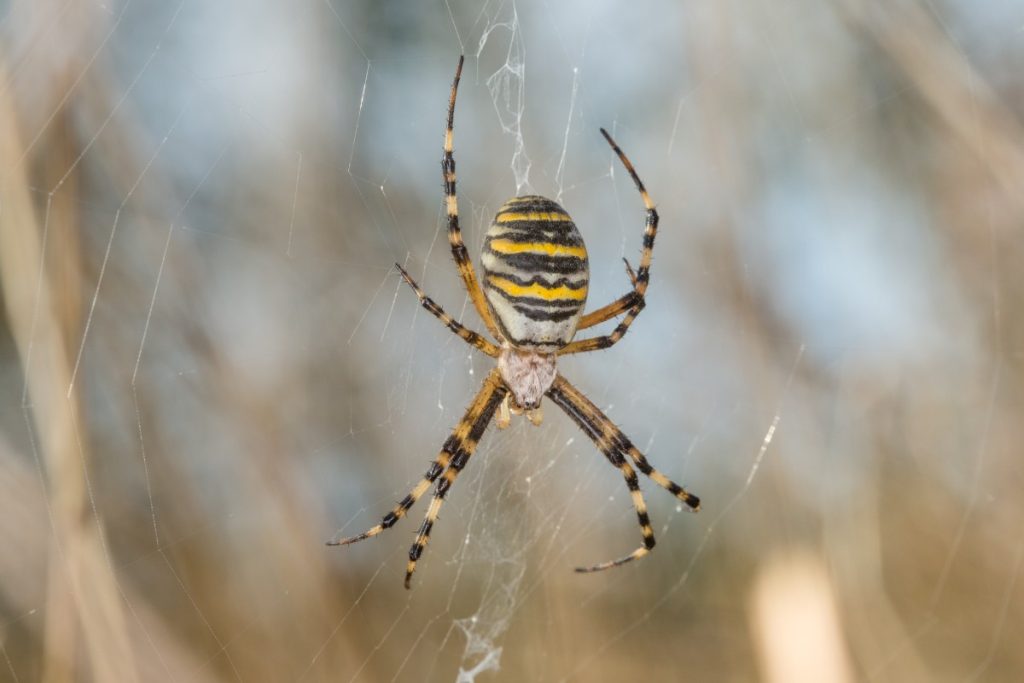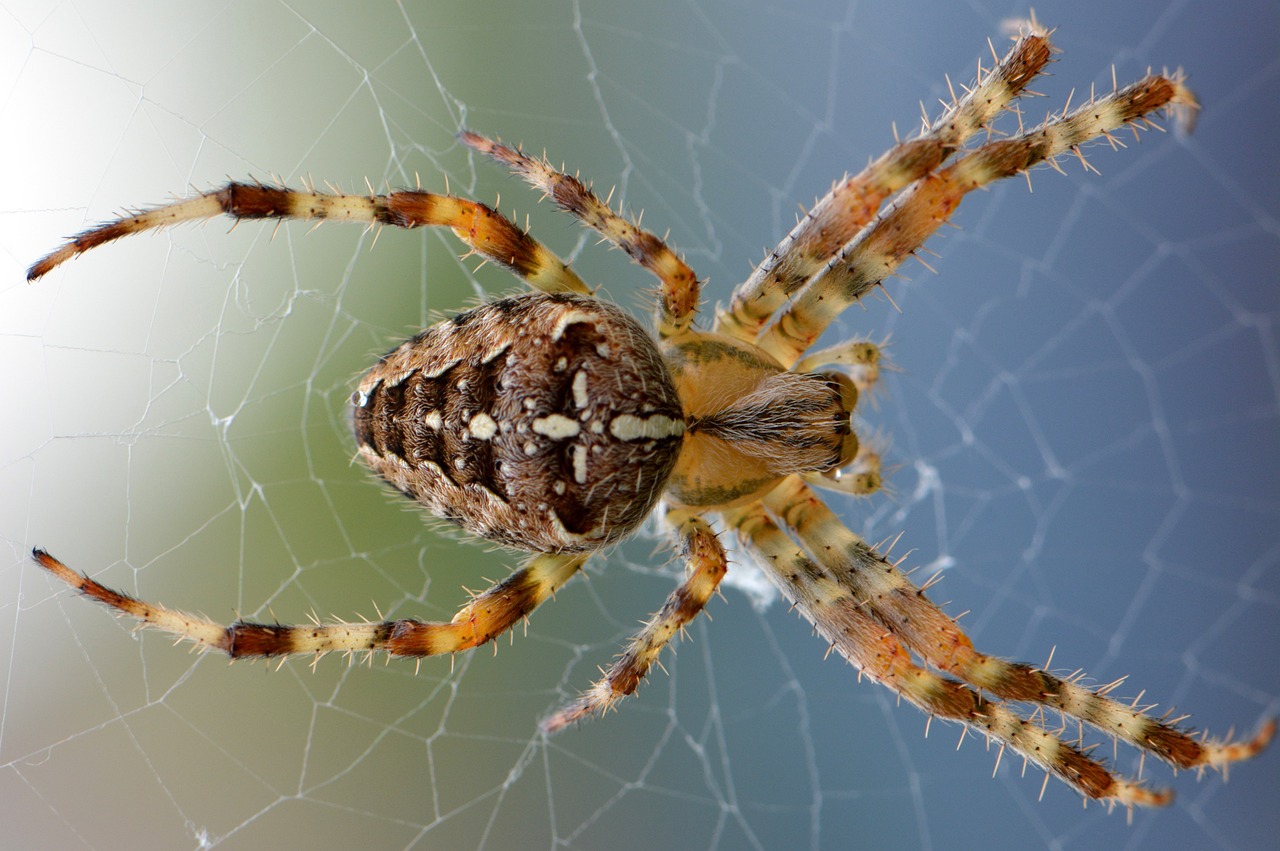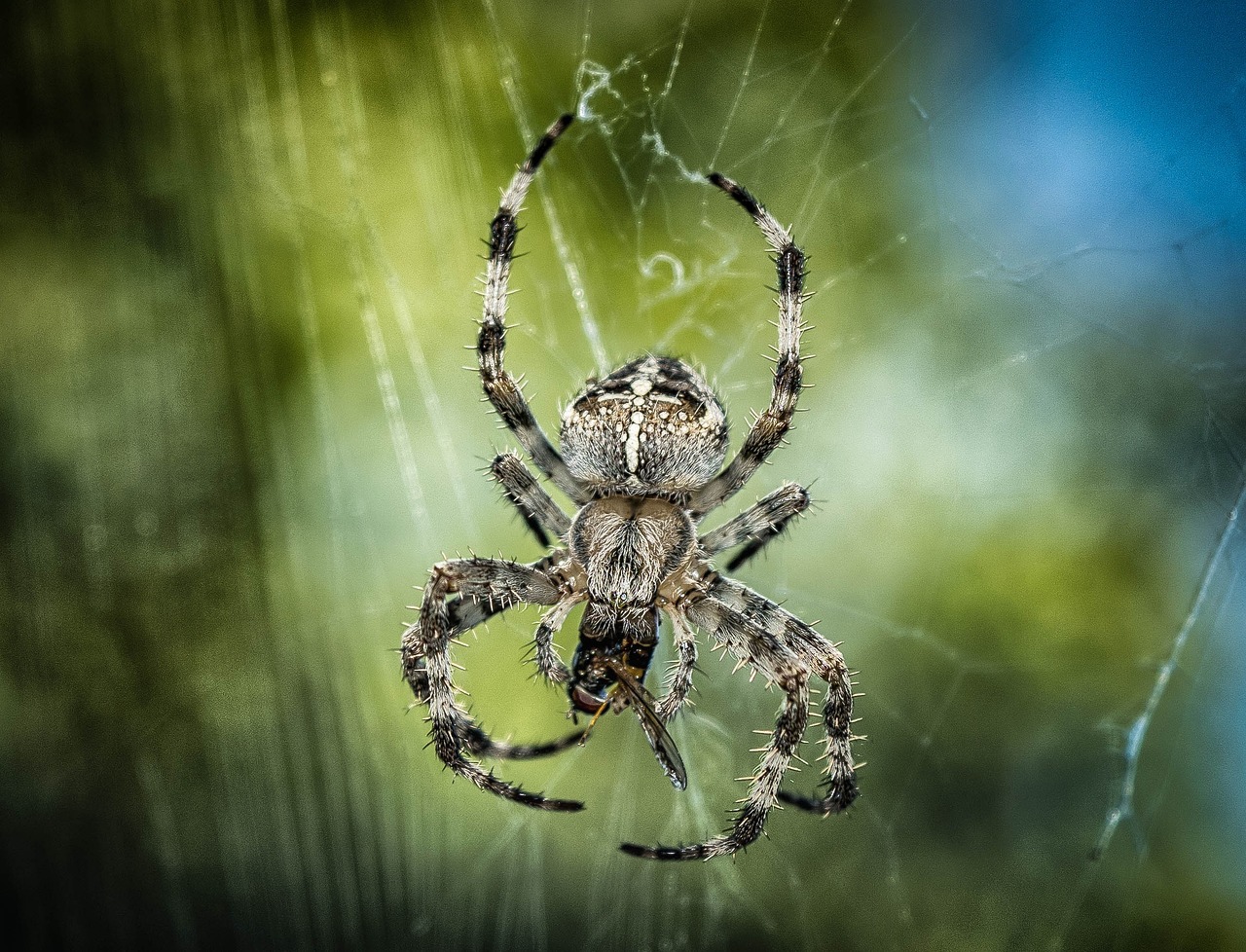Black Widows
These spiders, typically shiny and black, are easily identifiable by the iconic red hourglass shape on the underside of their abdomens. While not naturally aggressive, females can inject a potent venom when they bite, leading to severe human reactions. They prefer dark, secluded areas like woodpiles, basements, or garages.
Cellar Spiders
Commonly known as "Daddy Long Legs" due to their long, delicate legs, these spiders often inhabit damp locations like basements and cellars. Contrary to popular belief, they are not venomous to humans. Their thin, tangled webs are often found in corners and serve as both a home and a trap for prey.
Crevice Weavers
These spiders have a distinct appearance with their elongated body shape. They weave irregular webs near crevices and cracks, coming out primarily at night to hunt. While they can bite, it’s rare, and they prefer to remain hidden from larger predators, including humans.
Hobo Spiders
Introduced from Europe, these spiders are found predominantly in the Pacific Northwest. Their reputation as aggressive biters is slightly exaggerated, but caution should still be exercised, as their bite can cause necrotic wounds in some individuals.
Jumping Spiders
These charismatic spiders are renowned for their intricate courtship dances and remarkable jumping abilities. Boasting excellent vision, they actively hunt their prey during the day, often leaping to capture it. Their furry appearance and large eyes make them one of the more endearing spider species.
Wolf Spiders
These robust, agile hunters rely on their keen eyesight to stalk prey. Often mistaken for tarantulas, they carry their egg sacs on their backs, and upon hatching, the spiderlings ride on the mother's back for several days.
Wood Louse Spider
This spider’s bright red abdomen contrasts its dusky legs. Predominantly feeding on woodlice, their presence often indicates an abundance of their preferred prey. While their bite can cause temporary discomfort, they generally pose no lasting harm to humans.
Yellow Sac Spider
Characterized by their pale-yellow bodies and legs, Yellow Sac Spiders are nocturnal predators that actively hunt their prey rather than waiting in a web. Frequently mistaken for the venomous Brown Recluse, they prefer secluded spaces and often venture indoors. During the day, these spiders can be found resting in their silken tubes or sacs that they create in hidden areas such as behind picture frames, curtains, or wall junctions. While not as severe as some other spiders, their bites can cause localized pain and skin irritations.
East Asian Joro
A vibrant testament to nature's artistry, the East Asian Joro Spider is an exotic import from the far reaches of Asia. Recognizable by their vividly colored and patterned bodies and legs, these spiders are often seen as an emblem of biodiversity. Their intricate webs are architectural wonders – vast constructs that glisten gold when the sunlight kisses them. Attached between trees and shrubs, these webs are both a home and a trap, efficiently capturing flying insects.
Brown Recluse
With a venom potent enough to cause necrosis, the Brown Recluse is one of North America's most infamous spiders. Though they are non-aggressive, accidental encounters can lead to serious bites. They are often identified by the characteristic dark violin shape on their cephalothorax. Preferring to live in undisturbed spaces like attics, basements, or inside old shoes, they are primarily nocturnal, hunting small insects at night and retreating to their quiet hiding spots during the day.
Common House Spider
A frequent visitor in homes across many parts of the world, the Common House Spider is usually recognized by its cobweb-style webs. Often found in corners of windows, ceilings, and other undisturbed areas, they serve as unsung heroes, preying on household pests like flies and mosquitoes. Their presence is mostly benign, as they are non-aggressive, and their rare bites are harmless to humans.
Brown Widow
An understudied relative of the infamous Black Widow, the Brown Widow Spider is an intriguing species gradually expanding its range. It carries venom, which, while less potent than its black counterpart, can still cause discomfort to those bitten. A telltale sign of a Brown Widow is the orange hourglass marking on the underside of its abdomen, contrasted against its overall brown coloration. Like other widow spiders, they prefer dark, secluded spaces and often construct their tangled webs in such areas.
Yellow Garden Spider
Often hailed as a gardener's ally, the Yellow Garden Spider is a magnificent sight with its black and yellow markings. Constructing large orb-shaped webs amidst plants, they play a pivotal role in controlling the population of flying garden pests. Their zigzag patterns, called stabilimenta, in the center of their webs, add to their distinctive appearance. As with many other spiders, while they might appear intimidating, they pose little threat to humans and are more interested in their insect prey.
Orb Weaver Spider
The Orb Weaver Spiders form one of the most conspicuous spider groups with their wide array of species, sizes, and colors. Renowned for their artistic prowess, they spin the quintessential spider web – intricate, radial, wheel-shaped structures that trap unsuspecting prey and captivate human observers. Interestingly, many Orb Weavers demonstrate a remarkable routine: they consume their silk web each evening and construct a fresh one come dawn. This nocturnal diligence serves dual purposes — recycling precious silk proteins and ensuring their trap is always in prime condition. While hanging head-down in their delicate constructions, they remain vigilant, sensing the slightest vibrations which might indicate a catch.
Trapdoor Spider
An architect of the spider world, the Trapdoor Spider leads a secretive life, constructing underground burrows capped with camouflaged lids made of silk, soil, and vegetation. This trapdoor isn't just for protection; it's a tool for predation. Operating with an almost unnerving patience, these spiders remain ensconced in their burrows, keeping their trapdoors slightly ajar. They rely on their acute sense of touch to detect vibrations from potential prey venturing too close. When the moment is right, they strike startlingly, seizing their prey before retreating into the depths. The world above might never know of the drama unfolding beneath its feet.


